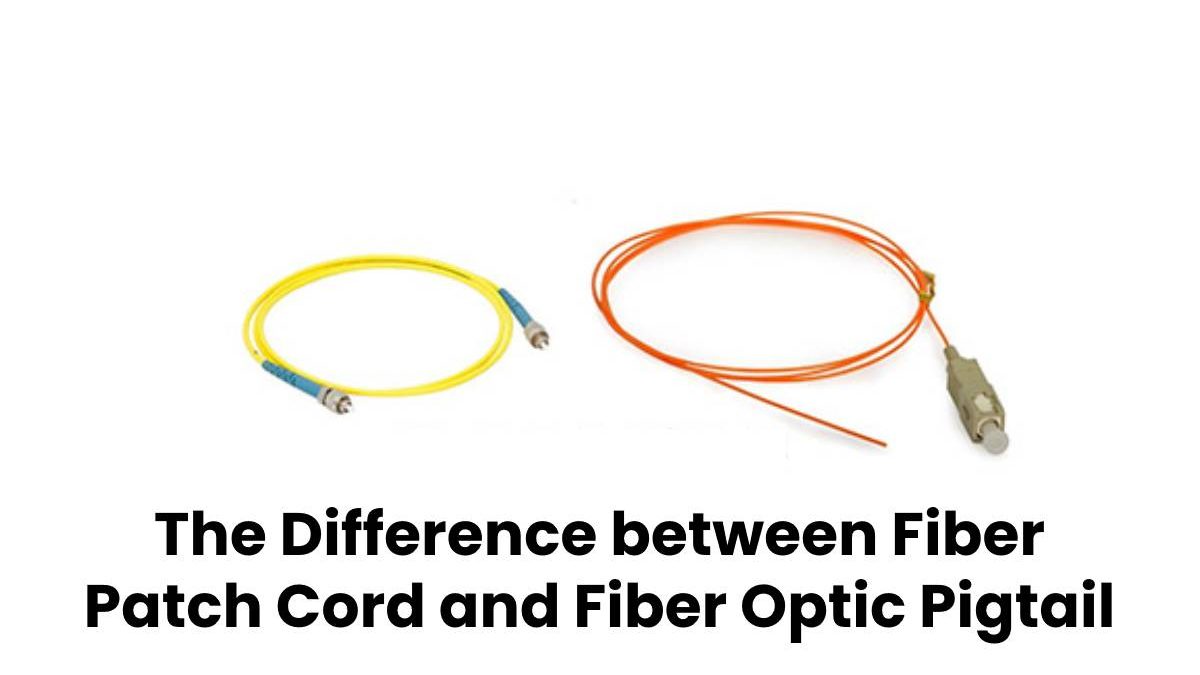When it comes to understanding optical fiber and the many components used in fiber networks, there can be a lot of confusing industry jargon to wade through. In this blog post, we’ll cut through the clutter and explain the difference between two common types of fiber optic cable assemblies: fiber patch cord and fiber optic pigtail.
Fiber Patch Cord
A fiber patch cord is a type of optical fiber cable assembly with connectors on each end that is used to join (or “patch”) together equipment, devices, or other optical fiber cables. They are typically used to connect the equipment in an optical fiber network, like connecting a switch to a router. Fiber patch cords are accessible in various lengths and connector types. The most common type of connectors used on fiber patch cords are LC, SC, and ST-style connectors.
Fiber Optic Pigtail
A fiber optic pigtail is a small length of optical fiber cable with a connector on one end and an exposed optic fiber on the other end. They are used to piggyback onto existing optical fiber cables or equipment without having to splice the main cable. This provides a convenient way to connect multiple pieces of equipment while still maintaining a clean and organized network. Fiber optic pigtails are available in various lengths and connector types. The most common type of connectors used on fiber optic pigtails are LC, SC, and ST-style connectors.
Conclusion:
So there you have it! The next time you come across these terms while planning your network or shopping for cable assemblies, you’ll know exactly what they mean. As always, if you have any queries about this or any other topics related to optical networking, our team at Cables Gone Wild is here to help! Give us a call or send us an email today.

